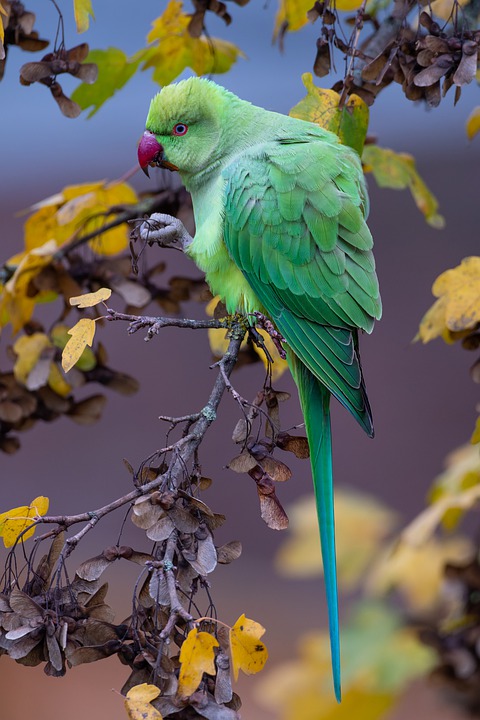Parrots are highly intelligent creatures that thrive on mental stimulation. To keep their minds active and engaged, incorporating problem-solving games into their training routine is essential. By encouraging parrots to participate in these activities, you not only provide them with mental challenges but also strengthen the bond between you and your feathered friend. In this article, we will explore effective strategies to encourage parrots to engage in problem-solving games during training.
Engaging parrots in problem-solving games offers numerous benefits. First and foremost, problem-solving games provide mental stimulation for parrots. These birds have an innate curiosity and intelligence that requires constant mental exercise. Without mental stimulation, parrots can become bored and develop behavioral issues such as feather plucking, screaming, or aggression. Problem-solving games help satisfy their need for mental exercise and reduce the risk of these problems.
In addition to mental stimulation, problem-solving games also offer bonding opportunities. By involving your parrot in problem-solving activities, you create a shared experience that can strengthen your bond and build trust. Your parrot will learn to rely on you for guidance and support, enhancing the relationship between you and your feathered friend.
Now that we understand the benefits of problem-solving games for parrots, let’s explore some strategies to encourage parrot engagement during training.
First, introduce interactive toys to your parrot’s environment. Provide them with a variety of toys that require problem-solving skills. Puzzle feeders, foraging toys, or treat-dispensing toys can be excellent choices. These toys will keep your parrot mentally engaged and encourage problem-solving behaviors.
When introducing problem-solving games, start with simpler tasks and gradually increase the difficulty level as your parrot becomes more adept. This allows your parrot to build confidence and prevents frustration. Reward-based training is crucial during these activities. Use positive reinforcement techniques to reward your parrot’s problem-solving efforts. Offer treats, praise, or favorite toys whenever they successfully solve a puzzle or complete a task. This positive reinforcement will motivate your parrot to continue engaging in problem-solving games.
To ensure consistent engagement, make problem-solving games a part of your parrot’s daily routine. Regular training sessions will help reinforce their problem-solving abilities and keep them mentally engaged. Additionally, to prevent boredom, regularly rotate the interactive toys and games you offer to your parrot. This keeps their environment fresh and exciting, encouraging them to actively participate in new challenges.
To help you better understand problem-solving games for parrots, here are some frequently asked questions:
Q: How do I know if my parrot is engaged in a problem-solving game?
A: Signs of engagement include focused attention, vocalizations of excitement, actively manipulating objects or toys, and exhibiting problem-solving behaviors such as trying different approaches to solve a puzzle.
Q: What are some easy problem-solving games for beginner parrots?
A: Simple games like retrieving treats hidden under cups, unlocking latches or doors, or solving basic puzzles with easily accessible rewards can be great for beginners.
Q: How long should each problem-solving training session be?
A: Initially, keep training sessions short, around 5-10 minutes, to maintain your parrot’s interest. As their problem-solving skills improve, you can gradually increase the duration to 15-20 minutes.
Q: My parrot seems uninterested in problem-solving games. What should I do?
A: Start by reassessing the difficulty level of the games. Ensure they are appropriate for your parrot’s skill level. Additionally, try using more enticing rewards, varying the games, or seeking professional advice if the disinterest persists.
In conclusion, engaging parrots in problem-solving games during training is a fantastic way to provide mental stimulation, strengthen the bond between you and your parrot, and prevent behavioral issues caused by boredom. By following the strategies mentioned above and incorporating problem-solving activities into your parrot’s routine, you can ensure their mental well-being and create an enriching environment for them to thrive.









